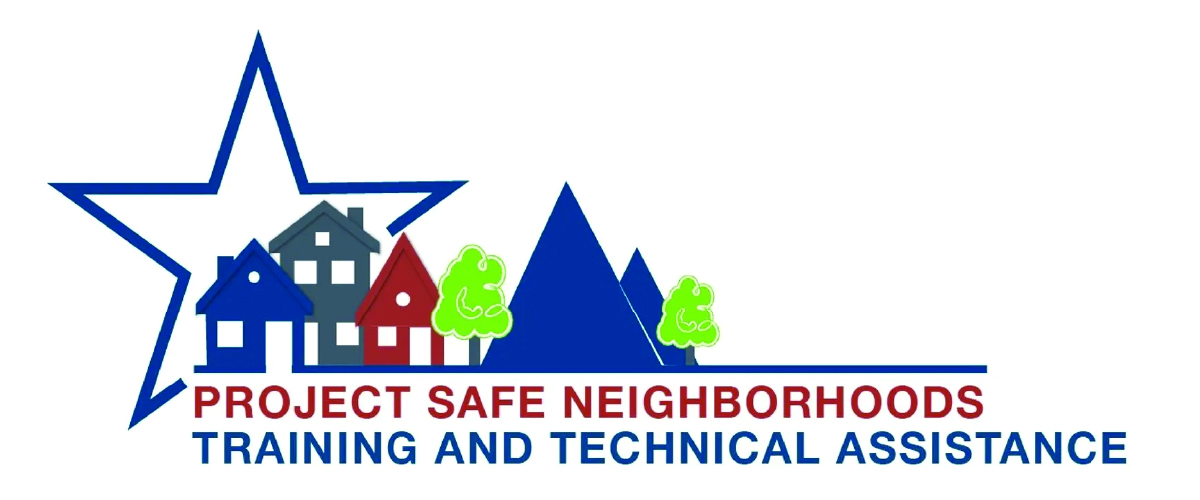Every year, 14,000-17,000 people are trafficked into the United States. Human trafficking is the third-largest international crime industry and black market in the country, generating annual sales of roughly $32 billion. Because trafficking is often a hidden crime, it is important for criminal justice actors and local communities to know how to identify victims. Furthermore, developing awareness, training law enforcement professionals, and educating local communities on the indicators of human trafficking can be a major step towards reducing and preventing human trafficking in the future.
This training is intended to provide a best-practices model for identifying trafficking victims and a toolkit for rehabilitating victims who are rescued from traffickers (e.g., helping with medical, housing, and legal issues). The training is centered on principles developed by assessing various training tools and resources that focus on various aspects of human trafficking, including training and research provided by the Municipal Police Training Committee and the DOJ Office for Victims of Crime. This training will cover these principles using various topics and videos to present the material in an engaging format. It is important to note that this training centers on (1) identifying human trafficking victims, (2) educating law enforcement and victim advocates on the impacts of trafficking and methods for interviewing victims, and (3) providing community actors with an understanding of the victim services and resources that trafficking victims need in the aftermath of their victimization.
